Architecture of the subsidy period is a heritage
During the period of 1954 - 1986, also known as the subsidy period, Hanoi built many works such as the Kim Lien, Trung Tu, Thanh Cong, Giang Vo collective housing areas..., textile, mechanical, tobacco, soap, rubber, concrete, match, wood factories... and especially public works such as: Ho Chi Minh National Academy of Politics, University of Technology, University of Water Resources, Hang Day Stadium, Hanoi Children's Cultural Palace, Hanoi Post Office, Labor Cultural Palace... These are architectural heritages of the subsidy period, containing cultural, historical and memory values of the country.
“One of the socialist architectural legacies is the collective housing areas. They were also the dream spaces for a stable and modern life for Hanoians at that time,” Associate Professor, Dr. Nguyen Van Huy shared.
Perhaps, it is not difficult to imagine the joyful mood of everyone when they were assigned a house: "From many roofs, bright lights and flowers, the sky added thousands of bright stars/I watched many families with warm fires of love, listening to the blood in my heart blend with joy" ("Night Stars", Phan Huynh Dieu, 1962). However, from dreams to reality there is a gap that policies cannot completely resolve. "In the KTTs, people build large apartments, fully equipped with amenities, but the distribution problem is very complicated", Associate Professor Nguyen Van Huy recalled. The demand for housing is high but the number of apartments in the KTTs is limited, so "only state officials are given preferential treatment to be given apartments or rooms in the KTTs, most young officials who have just started working live like parasites, "rice in a pot, water in a jar", many people finish working in the office, then at night they put the table as a bed, and the next morning they return it to the office as is", Associate Professor. Dr. Nguyen Van Chinh (Hanoi University of Social Sciences and Humanities) shared unforgettable memories of the subsidy period. Memories of the KTTs were revived in the 2006 exhibition. He recalled, “Thousands of people came to attend. The subsidy period of life of those living in the KTTs had many touching, funny and adversarial stories. However, it must be said that for many people, at least they were able to live in a built house. Having something is better than nothing was the mentality at that time.”
It was not until 1987 that the State officially issued housing design standards, in which "apartments must be designed independently and closed with full components: living room and auxiliary components". Lessons from the dreams and aspirations of Architect Truong Tung in particular or the generation of architects during the subsidy period in general have become part of the architectural heritage.
“In addition to the spirit of creativity in adversity, perseverance and dedication to dreams, there is also the long-term influence of subsidy-era architecture on modern Vietnamese architecture, especially the values of sustainability, practicality and community spirit. The dreams and aspirations of the generation of architects at that time also created an important foundation for the development of modern Vietnamese architecture and are a source of inspiration for the young generation of architects to continue to be creative,” Associate Professor, Dr. Nguyen Van Huy concluded.
Dr. Architect Tran Thanh Binh said that this is a current story, the transformation of the industrial structure of a city, behind which is a struggle to consider the gains and losses. Unfortunately, if we lose the architectural heritage of the subsidy period, we will lose the memory of a city with many special cultural layers like Hanoi. The history of Hanoi has layers and layers of architectural works divided into many stages. If French architectural works are evidence of the initial introduction of Western civilization, works with Indochinese architectural style are a unique combination of Eastern and Western cultures. The architectural works from 1954 - 1986 expressed a new voice, with inheritance, learning and creativity, bearing the identity of Vietnamese architecture, contributing to the construction of society in the mindset of a nation that is the master of its own destiny. The architecture of a city contains within it many values that are not easily recognized. The subsidy-era architecture in Hanoi, therefore, was not purely about collective housing, factories, schools and other essential infrastructures, but rather a way of creating new values of an independent nation.
And should be treated as part of memory, history.
“Heroic and tragic” as it is, in the question “Which architecture represents Hanoi’s identity” (a social survey conducted by Architect Vu Hiep), subsidy-era architecture only accounts for 9%. (Traditional architecture accounts for 56%, French architecture accounts for 18% and contemporary architecture accounts for 17%). To explain the limited proportion of subsidy-era architectural heritage, Architect Vu Hiep conducted a synthesis of experts’ opinions. “The architecture of the period 1954 - 1986 was built during a difficult period for the country, so the scale, richness of shapes, and quality of materials were not as good as those of other periods. The architecture of this period was also less promoted to the public. Surveying architectural history books in the past 10 years, we noticed the dominance of books on French colonial architecture and the absence of architecture from the period 1954 - 1986,” said architect Vu Hiep.
 |
Hanoi apartment complex in 1989. (Photo by David Alan Harvey - Source: Macnum) |
Looking back at the subsidy-era architecture in the context of Hanoi's five years of joining the UNESCO Creative Cities Network, it can be seen that the architecture of this period needs to be assessed more objectively. Hanoi is the only major city in Southeast Asia with a clear and complete system of socialist architectural heritage: industrial, public, and residential buildings. These buildings play an important role in reflecting the city's past, culture, and identity, providing insight into the city's development over time. This is also a special resource for Hanoi to build its urban brand: City for Peace, Creative City. Hanoi's thousand-year history makes it easy for outsiders to associate this city with the phrases "ancient", "traditional", "quiet", etc. But in reality, like many other places, Hanoi is a dynamic city, constantly changing and constantly accepting new things. In a space that has been shaped, the mark of each historical period is present in almost every area, alley, even densely, overlapping, layer upon layer to create a special cultural depth for Hanoi. Over time, will everything be recorded, will everything not be erased?
Is that true? Such comments are enough to make people feel uneasy. “There are many things that people can remember about that time, but there is one thing that seems to have been forgotten. That is the architectural heritage. No one has identified it and considered how to deal with it properly,” said Ms. Nguyen Thi Tram, a member of the Center for Heritage of Scientists and someone who fully experienced the subsidy period in Hanoi.
“The important issue raised today is that we consider all of these works indispensable and must receive certain priorities,” commented architect Le Thanh Vinh, former director of the Institute for Monuments Conservation (Ministry of Construction). “But to what extent we preserve them, we must look back at the overall process of a long period and remember that the country still has other works that need to be preserved, such as traditional architecture from the French colonial period.” As an expert who has carried out many projects on preserving and promoting the value of relic sites such as My Son Sanctuary, Hoi An Ancient Town, Hue Imperial City, Hung Temple, Yen Tu, Temple of Literature - Quoc Tu Giam in Hanoi, Duong Lam Ancient Village, Phat Tich Pagoda, But Thap Pagoda, Chu Quyen Communal House..., he shared his perspective: “First of all, there is a very big problem, which is the contradiction between the unity of preservation and development. It is always a struggle, always an endless debate. But society must always be like that, in development, something must be retained, something replaced and something renewed”.
Architecture in the city is not simply a building entity but also a place to nurture and preserve social relationships and the dreams of those who live there. A part of history is wrapped up in those buildings. Yet now, architectural works, historical witnesses of a time, are facing many challenges, including oblivion. Therefore, he believes that how to deal with this heritage will be a management policy along with research and discussion of society.
Sharing the same opinion on this issue, Associate Professor Dr. Nguyen Van Huy said: “The subsidy period was a heroic and tragic period. If we want to destroy it, it is easy, but it is very difficult to preserve and it is very necessary to preserve. Hanoi is a rare city with a dense heritage of the subsidy period, it is important for Hanoi when it transforms from a consumer city to a production city, demonstrating the spirit of autonomy. Recently, there have been cultural activities taking place at heritage sites such as the Gia Lam Railway Factory, many types of art have been performed there, this is a good signal for us to think about how to preserve industrial heritages”.
Source: https://baophapluat.vn/ha-noi-va-di-san-kien-truc-thoi-bao-cap-thuong-nho-post543805.html




![[Photo] Third meeting of the Organizing Subcommittee serving the 14th National Party Congress](https://vstatic.vietnam.vn/vietnam/resource/IMAGE/2025/4/2/3f342a185e714df58aad8c0fc08e4af2)


![[Photo] General Secretary To Lam receives Russian Ambassador to Vietnam](https://vstatic.vietnam.vn/vietnam/resource/IMAGE/2025/4/2/b486192404d54058b15165174ea36c4e)
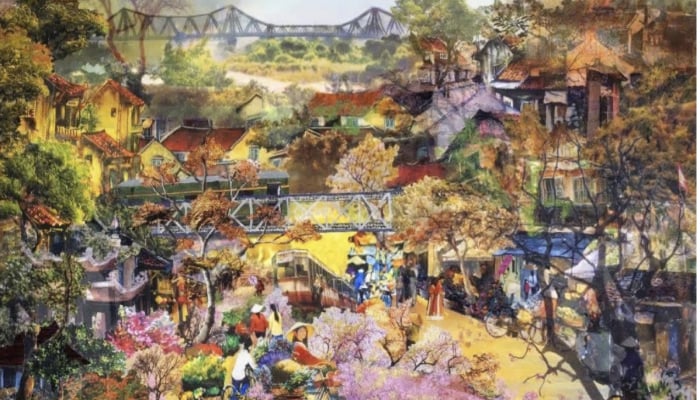
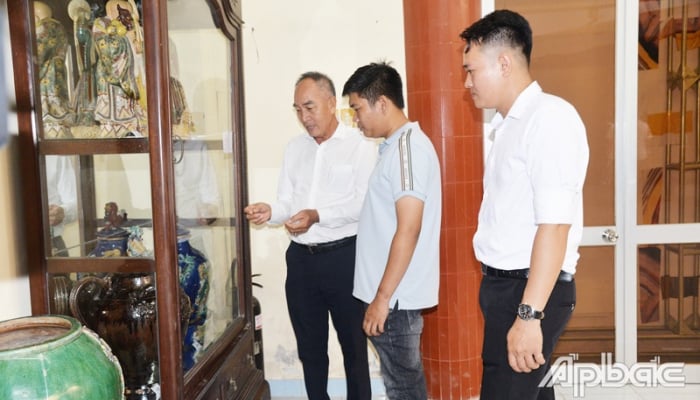
![[Video] Award ceremony of the contest "Denmark in your eyes 2024"](https://vstatic.vietnam.vn/vietnam/resource/IMAGE/2025/4/2/5204aa8890024b2e932f28393f139f27)







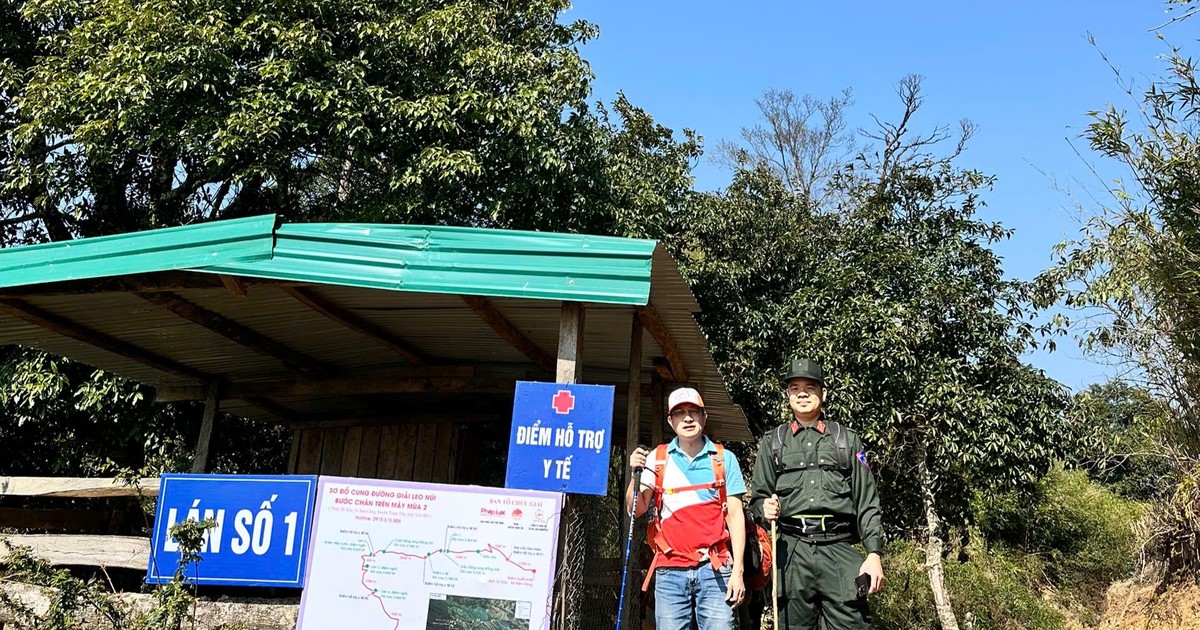
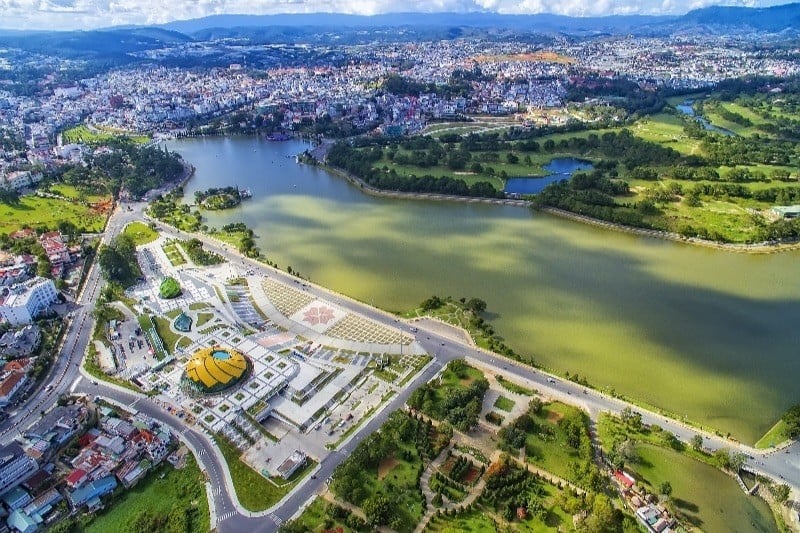


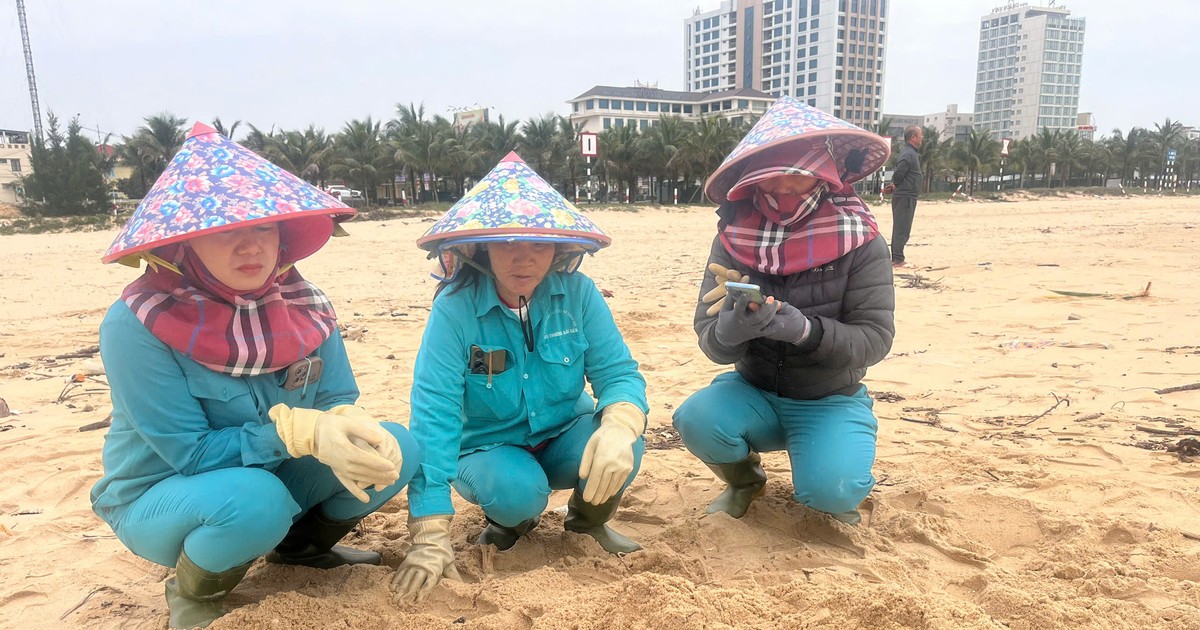
![[Photo] Relatives of victims of the earthquake in Myanmar were moved and grateful to the rescue team of the Vietnamese Ministry of National Defense.](https://vstatic.vietnam.vn/vietnam/resource/IMAGE/2025/4/2/aa6a37e9b59543dfb0ddc7f44162a7a7)






































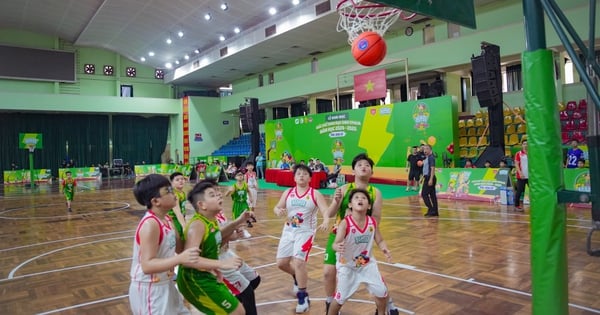





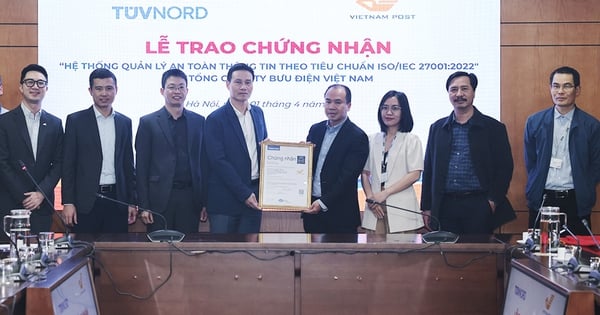

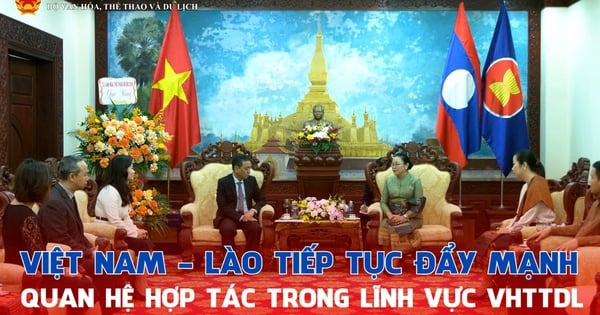
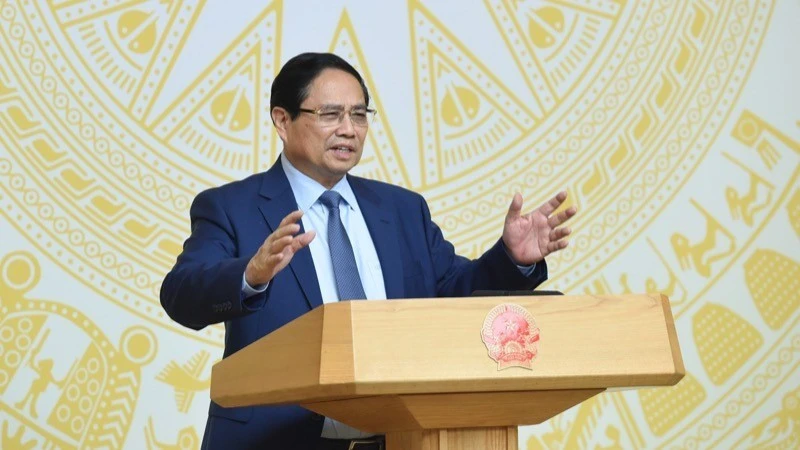

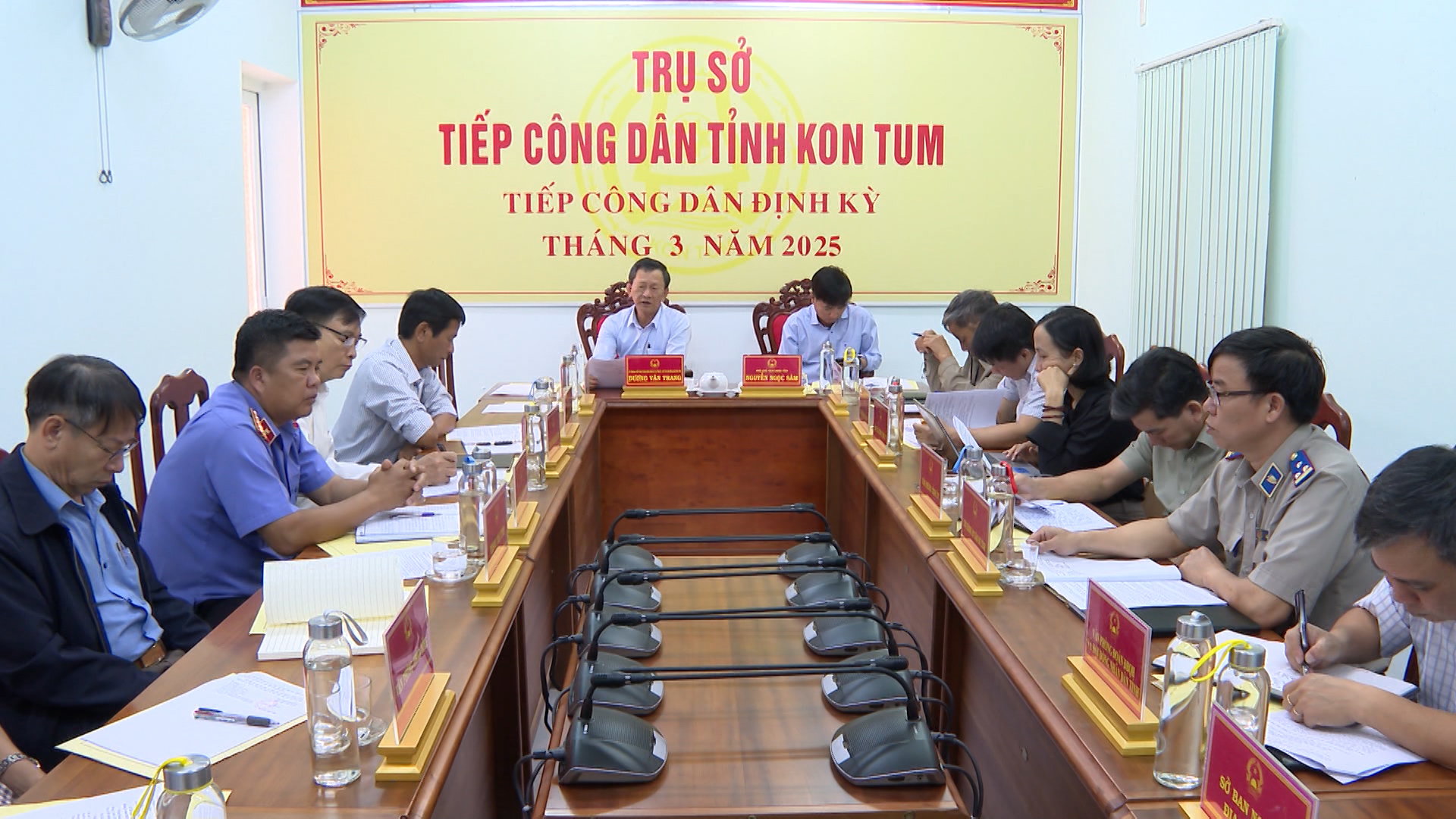


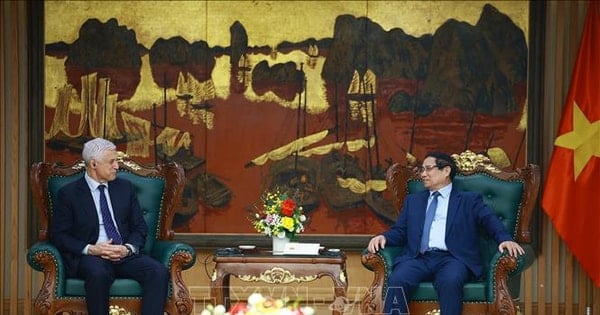

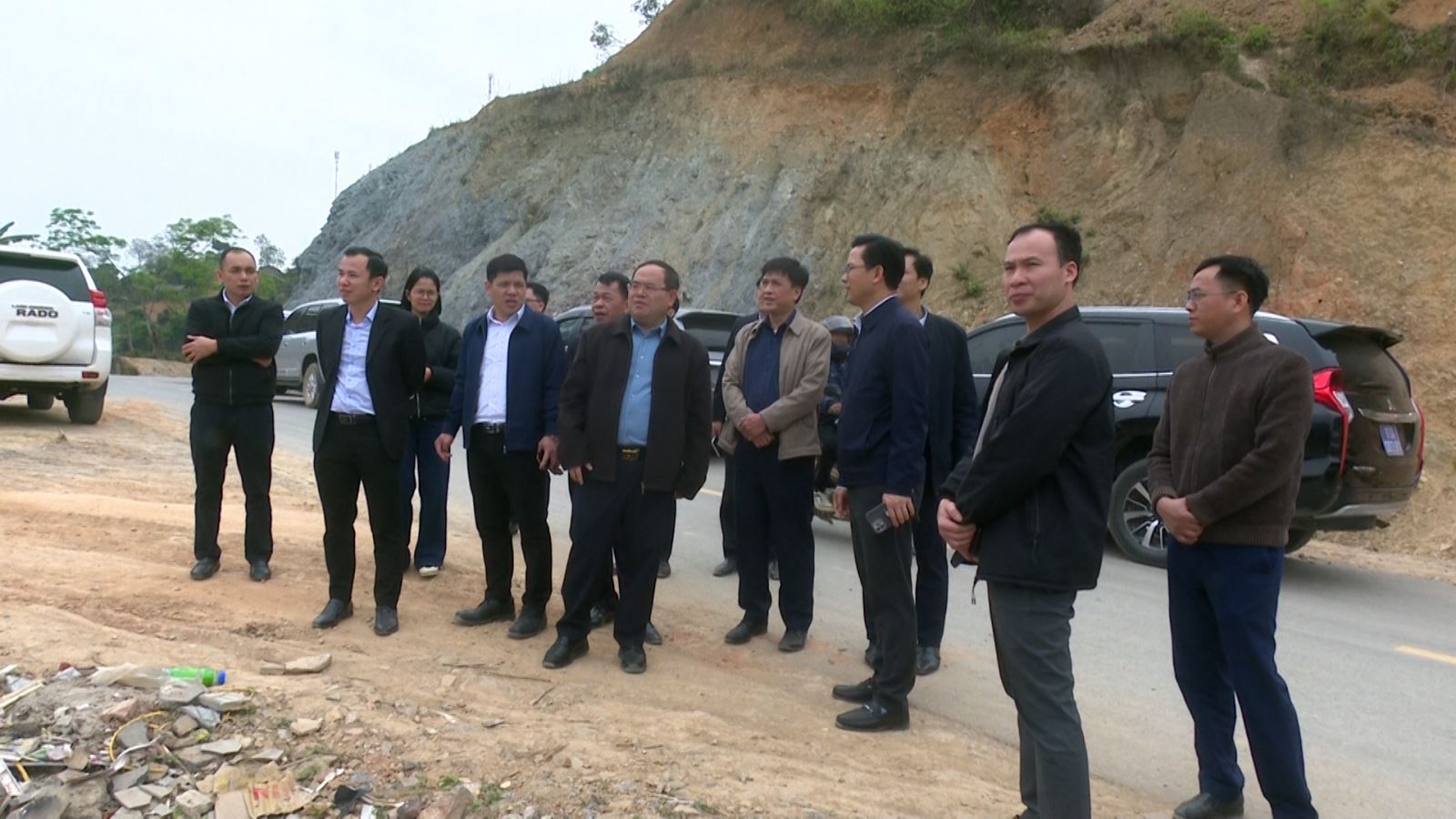
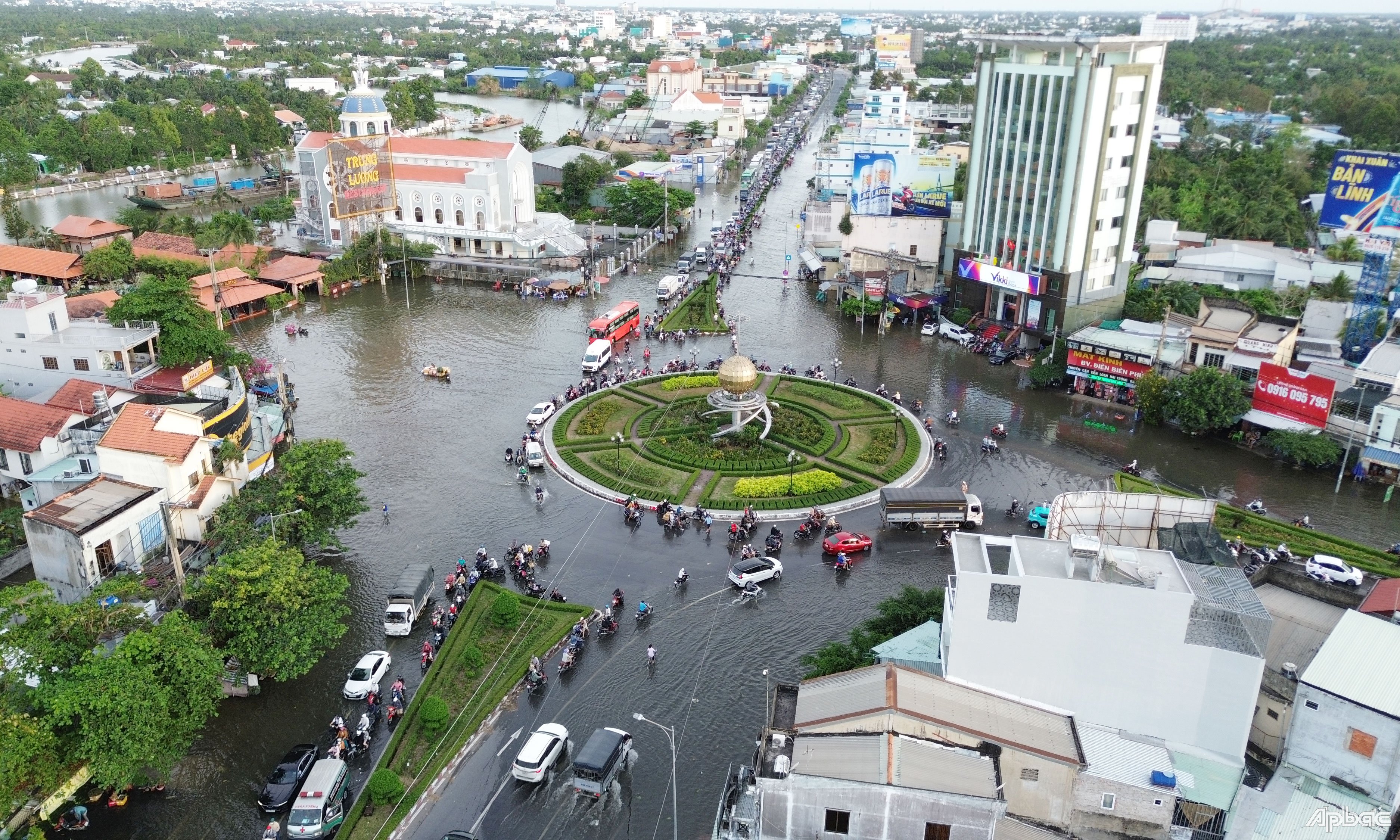













Comment (0)